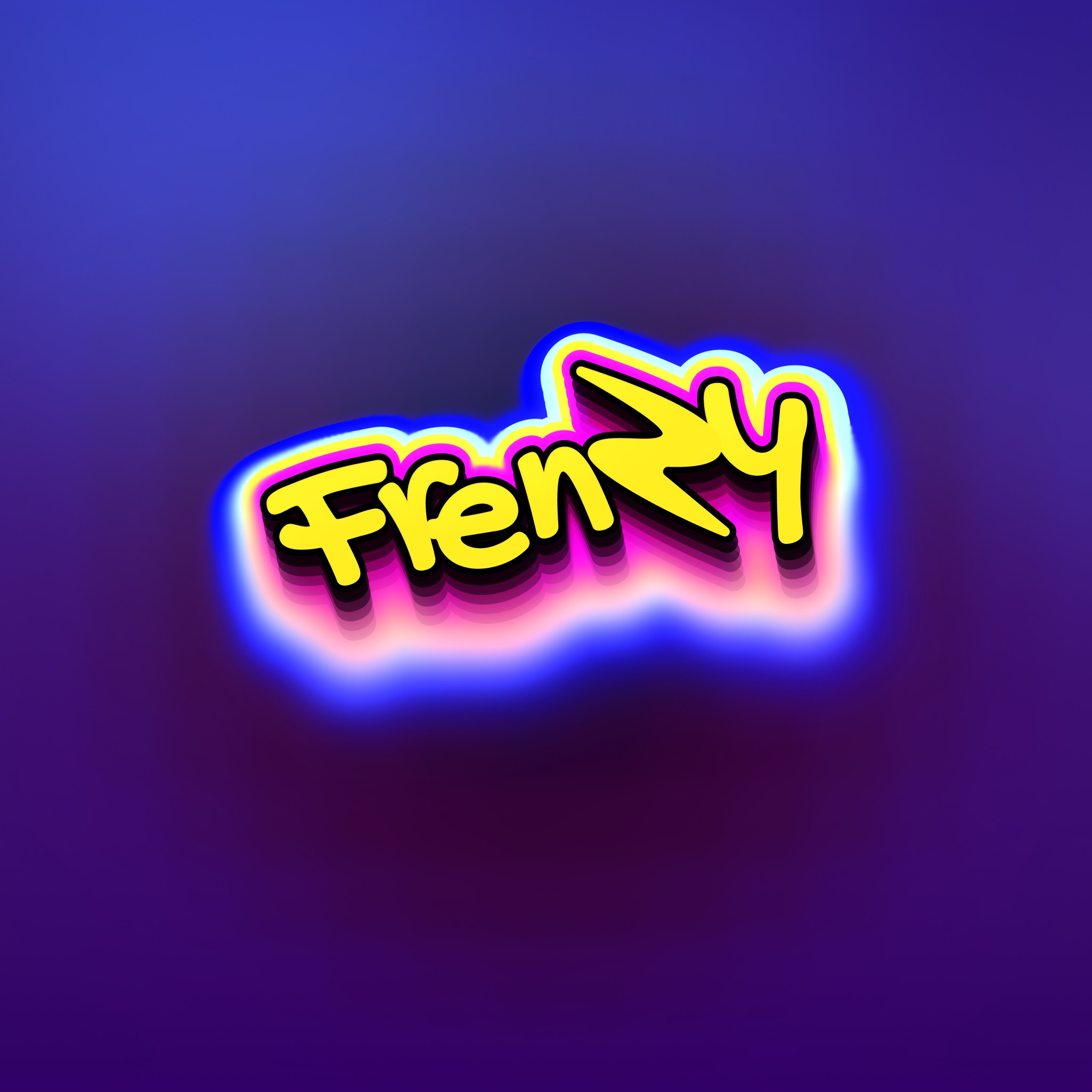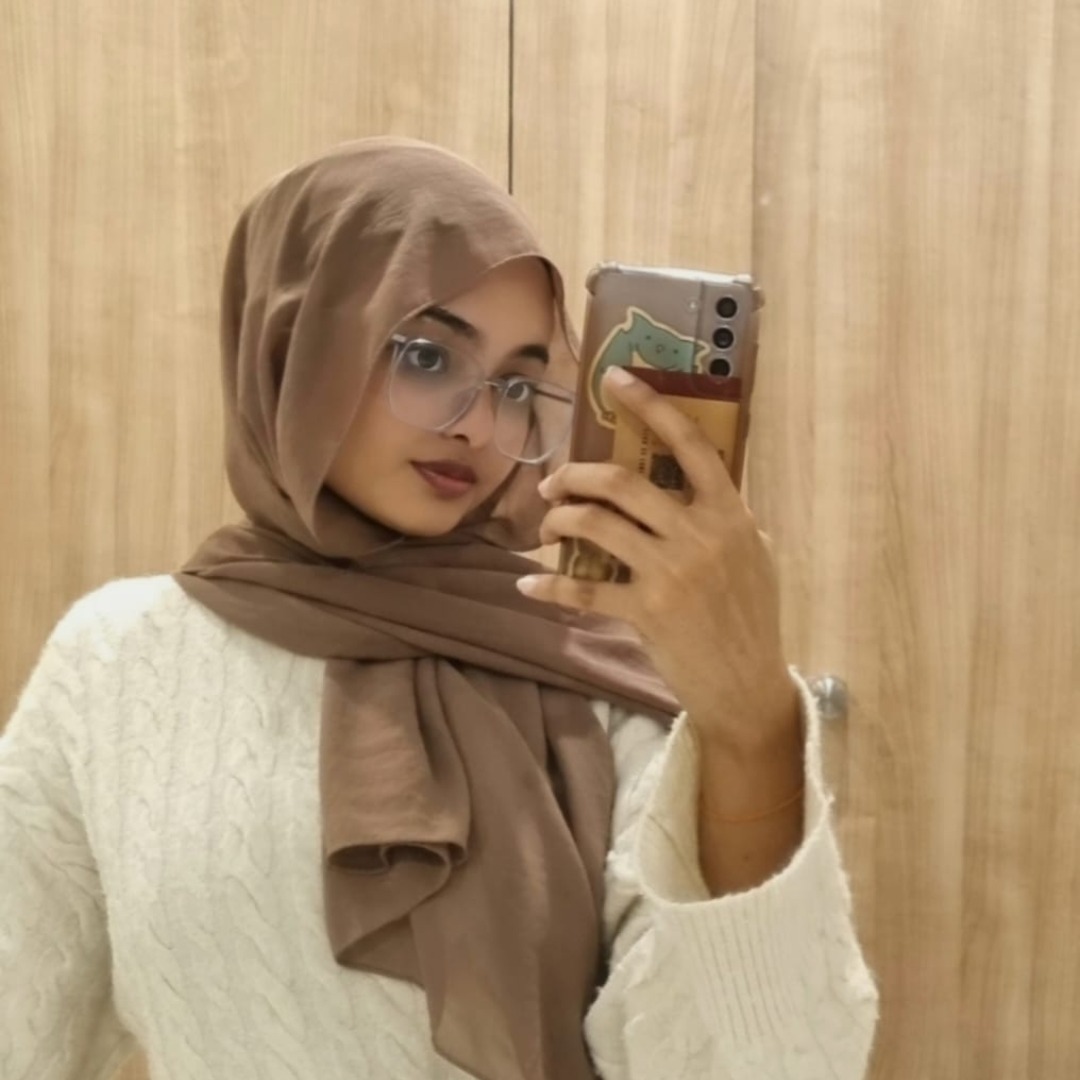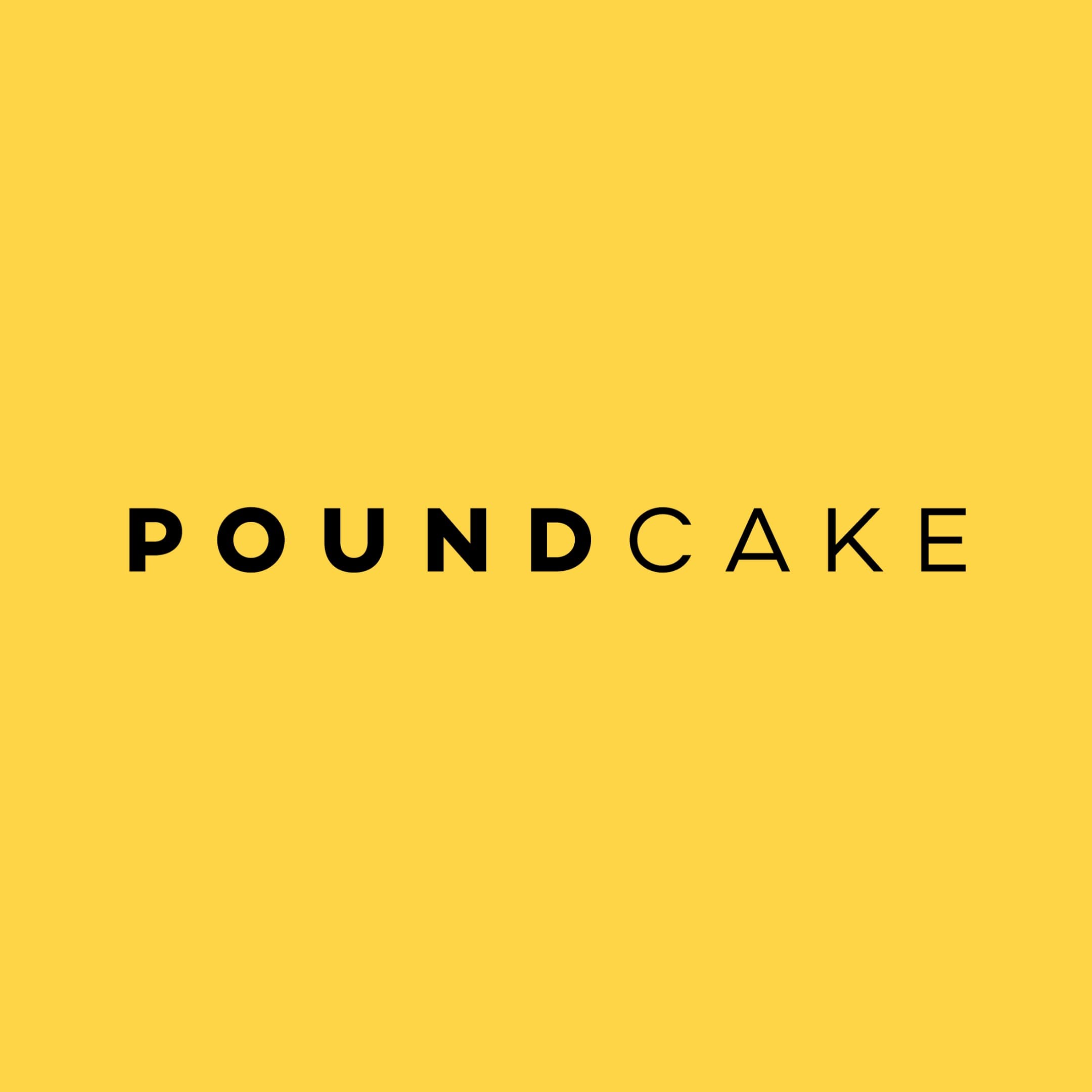My Portfolio
Interview Questions
Reclip
Social Media Posting Assistant

How do you ensure attention to detail when following exact instructions?
well i break down the instruction into a checklist on my phone that i can tick off as i go along. and before submission I always do a double or even triple check to make sure everything is as per the instructions.
Reclip
Social Media Posting Assistant

Are you able to post consistently during the specified time slots?
Yes i can guarantee that.
Renegades (renegades.xyz)
Trend Spotter for Viral TikToks

What are some specific examples of funny/notable trends you've seen on tiktok recently?
recreating the meowl bird meme (although its a bit old now)
Trying to rhyme as long as you can videos - this is quite new @lukepre (og creator)
dance to the song chanel - tyla : done by creators like brooke monk so pretty trending i'd say.
"if you feel sad just listen to christmas songs in hindi" : very niche but funny.
the "you're not nerdy enough to understand" trend
the "sometimes you just read your (and then someone's relation like) mom's text and go on about your day" trend









